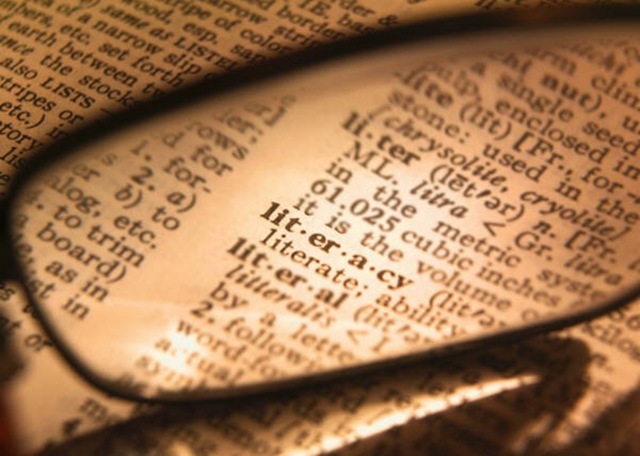
I didn't intend for this blog to serve as a book review, but I have to say that EVERYONE needs to read this book. It's about a Holocaust survivor but it's not about the Holocaust. It's about how those horrific, disgusting events are remembered. This is a story that will challenge readers to think about what it means to remember and how we pass on memory from one generation to the next. The novel is written in 5 genres: story, legend, poems, science fiction and diary. The story takes place over a span of 150 years, and its unconventional use of literary devices is what earned the novel acclaim for exploring the act of memory. The story offers these questions:
*How do we tell our painful story?
*Does it change while we recall it?
*How will those who hear our story recall it in their own individual way?
*Is art the only way to transfer emotional memory?
The following is an excerpt taken from the back of the book:
On the last day of 1999, a survivor grandmother in Tel Aviv shares with her granddaughter her tragic life story as a child hidden in a pit, with only a rat for company. The granddaughter tells the legend of “Girl and Rat” to her teacher; in 2009 those who heard it through her classmates establish an internet website with poems. From now on, this memory is spread all over the world and becomes a myth. A future anthropologist, researching its mysterious roots in 2099, discovers Father Stanislaw’s personal journal documenting his rescue of that little Jewish girl, and so the chain of remembearers moves from the present to the future and back to the past.
What has got me so excited is that students and staff all of our 15 high schools are going to be reading this book and participating in a symposium called The Desire for Change. Many of these kids and teachers have received Tools for Tolerance training at the Friends of Simon Wiesenthal Centre for Holocaust Education and have travelled abroad to learn more about the importance of maintaining the dignity of all people. Many of these students are members of their schools' Equity Committee or Social Justice groups. At the symposium, each school will recreate a scene from the book in some artistic and creative way (i.e. visual art, music, drama, etc.). This is directly connected to one of the key ideas in the book in that emotion is often transferred to art. The book was transformed into an opera that is performed in Hebrew with surtitles, and our students and staff will get to see that as well. What an experience!!
Ultimately, the goal of this symposium is to inspire social action. Shouldn't that be the goal of all education? The more relevant we making the learning experiences, the more ownership our students will take in what happens next. This past summer, some of the kids and staff who will be coming to the symposium had a chance to visit Auschwitz. As a teacher of history, it has been my experience that kids generally are desensitized to what they learn about these events because they happened so long ago, but when it comes to issues like hate and intolerance, those are two lessons humankind has yet to learn. Walking the train tracks, visiting the dormitories and looking at the ovens was relevant to these kids because they recognize the hate. The lessons from the Holocaust were not learned. Millions have died at the hands of those who found reason to hate them, all the while, good people stood by and did nothing. It is my hope that these kids become a transforming force in our world. If it can begin within our local school communities, then we're off to a good start.




No comments:
Post a Comment